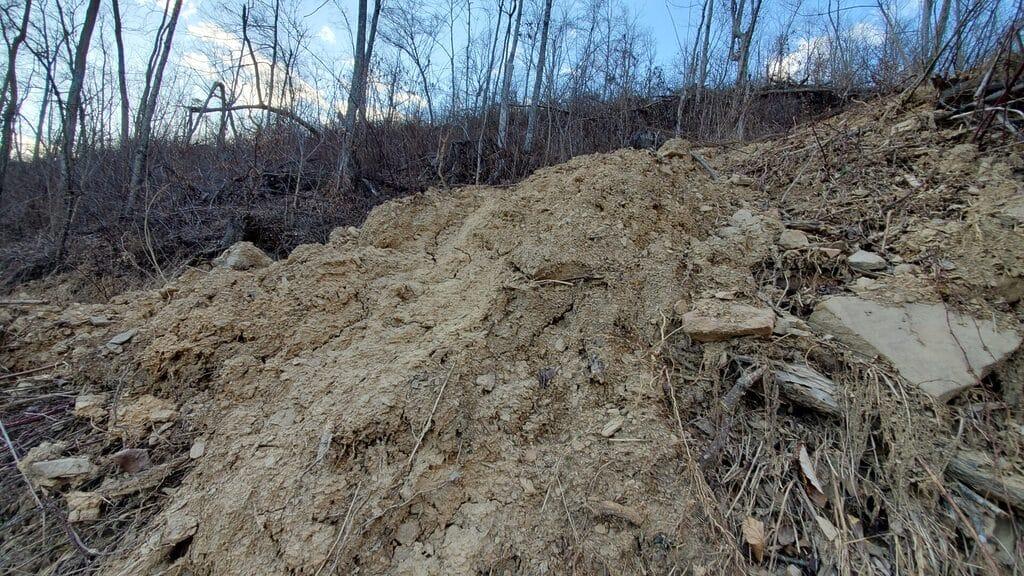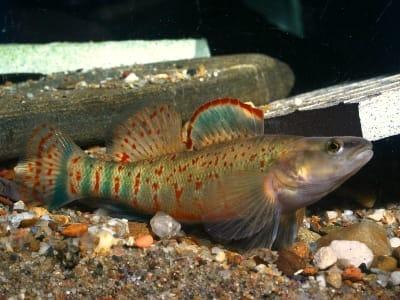

Summary:
Kentucky Heartwood has been working for a number of years to document our concerns with the logging project known as “South Red Bird,” which is located in Clay and Leslie Counties within the Daniel Boone National Forest. We have provided the Forest Service with detailed documentation and data related to our concerns with logging in this area, including:
Because of the numerous issues associated with this logging project, as well as the unique species that live in the forests of this area, Kentucky Heartwood intends to sue the Forest Service for violations of the Endangered Species Act. In doing so, we hope to stop this logging project.
More information:
On April 28, Kentucky Heartwood sent the U.S. Forest Service and U.S. Fish and Wildlife Service (USFWS) a 60-day notice of intent (NOI) to sue over violations of the Endangered Species Act (ESA) in the South Red Bird project in the Daniel Boone National Forest. The NOI is part of our ongoing efforts to protect endangered species and old-growth forests in the Redbird District, and a requirement for litigation under the ESA. The NOI focuses on the agencies’ failure to adequately consider impacts to the Kentucky arrow darter, snuffbox mussel, and Indiana, northern long-eared, and gray bats. The NOI can be found at the end of the post.

Headwaters of Laurel Fork. This section of designated critical habitat for the Kentucky arrow darter is approved for heavy logging and skid road construction.
Regarding aquatic species and critical habitat, the Forest Service refused to consider the impacts of landslides to the arrow darter and snuffbox, despite our providing overwhelming evidence that landslides were likely to result from the approved logging actions. In addition to our documentation of numerous large landslides in the Group One project (immediately north of the South Red Bird area), we uncovered through the Freedom of Information Act documents that the Forest Service has long known that logging on steep slopes in Redbird frequently results in landslides.Despite this evidence, Forest Supervisor Scott Ray said during a meeting over our predecisional objection that he considered landslides to be “a non-issue.” Ray argued that an analysis of landslide impacts to imperiled species was unwarranted, as were any changes or limits to the logging proposal that could limit the risk of landslide occurrence.

We also raised issue regarding the analysis and effects to imperiled bat species. Of particular concern are effects to the northern long-eared bat (NLEB). Kentucky Heartwood conducted acoustic surveys in the project area last summer and found evidence of at least two NLEB colonies. The USFWS recently proposed changing the status of the NLEB from “threatened” to “endangered” under the ESA. The specific design of the South Red Bird logging proposal could result in significant effects to the species well beyond those described in the project analysis, including the destruction of occupied maternity roosts and maternity habitat.Our acoustic surveys also indicated a high probability of Indiana bats in the project area. Further investigation uncovered that the Forest Service may have historical information of a maternity colony in the project area but failed to disclose that information.
Our surveys also indicated gray bat presence at several sites. The Forest Service did not analyze the effects of logging on the gray bat, stating that the project was “outside of the historical range, the species has no documented occurrences, or suitable habitat does not exist.” However, the KY Division of Fish and Wildlife range map for the species includes Clay County, which represents part of the project area.

LEFT: Clear waters of Laurel Fork (designated Kentucky arrow darter critical habitat) in approved logging area. RIGHT: Sediment-filled tributary of Lower Jacks Branch below a landslide in forest logged in 2018.
Submission of the NOI came six weeks after Kentucky Heartwood submitted a 46-page supplemental information letter to the Forest Service with a wide range of new, detailed information and findings relating to the South Red Bird project (letter available at the end of this post). In that letter we insisted that the new findings require a pause to project implementation pending a supplemental analysis.In addition to the results of our bat surveys and new landslide information, the letter describes our findings of significant old-growth in the project area, with centuries-old forests approved for cutting. Also described in the letter was our documenting of the largest-known Red hickory (Carya ovalis) in existence in a harvest unit.
The Forest Service argued in their analysis of the project that no old-growth existed in the project area, and conservation of old-growth was unneeded. Kentucky Heartwood had a meeting with Redbird District Ranger Bobby Claybrook a month after we sent the letter to discuss our findings and learn the Forest Service’s response. Ranger Claybrook had no comments on any of the information presented in our letter and said that his staff would let him know if they found anything new.

Kentucky Heartwood is working with attorneys from Denver-based Environmental and Animal Defense, with assistance from the Southern Environmental Law Center. Please consider supporting our efforts by making a financial contribution. Thanks.